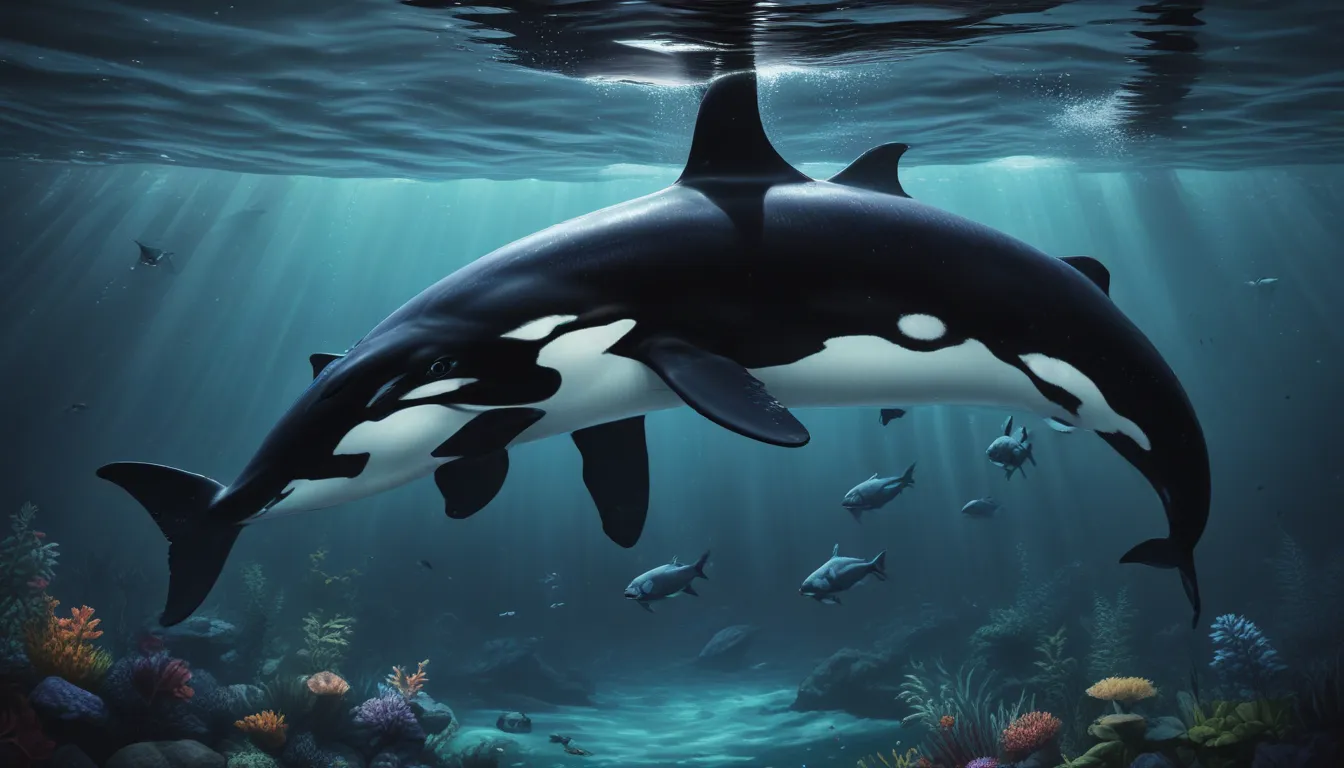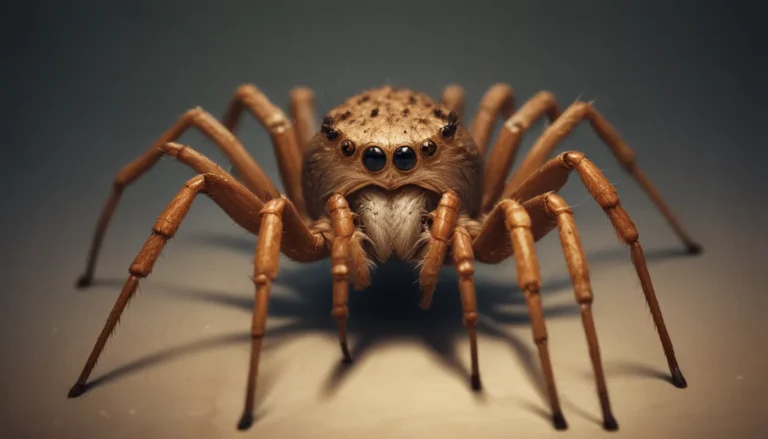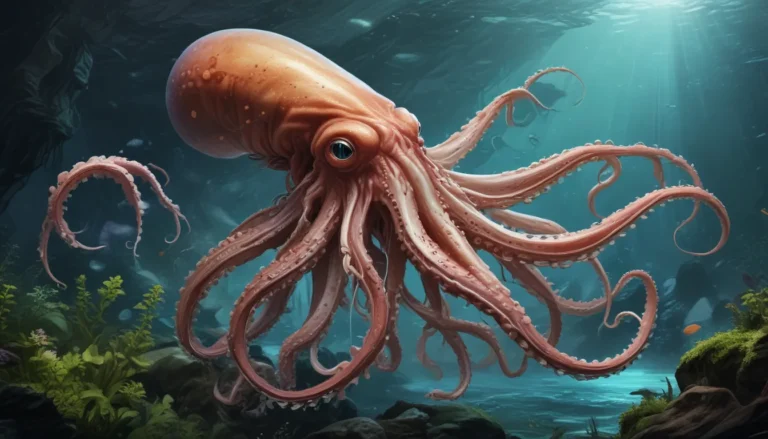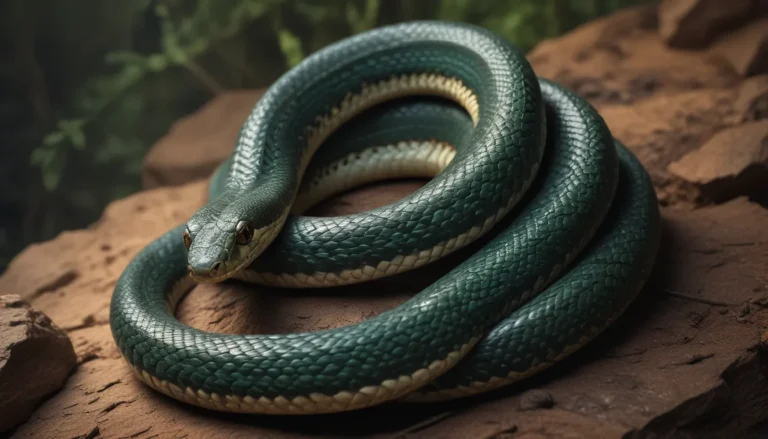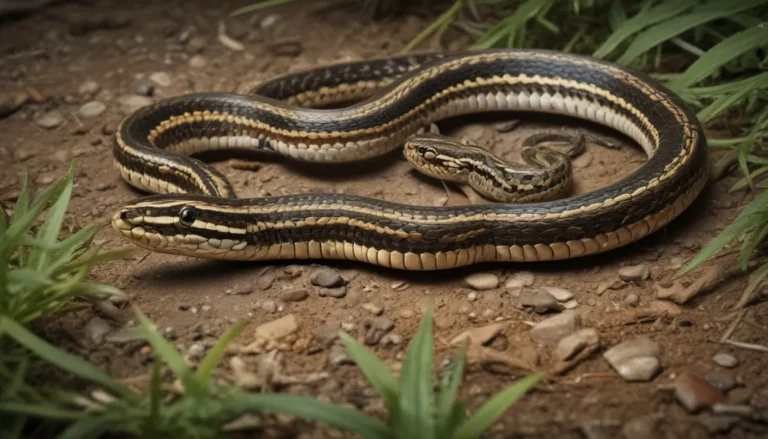The pictures we use in our articles might not show exactly what the words say. We choose these pictures to make you interested in reading more. The pictures work together with the words but don’t take their place. The words still tell you the important facts.
Killer whales, also known as Orcas, are truly mesmerizing creatures that grace the ocean with their intelligence, strength, and beauty. With their iconic black-and-white coloration and commanding presence, killer whales have captured the hearts and minds of humans for centuries. In this article, we will explore 14 intriguing facts about killer whales that will deepen your understanding and appreciation of these magnificent animals. From their social behaviors to their hunting techniques, join us on a journey to uncover the wonders of the realm of killer whales!
Discovering the Enigmatic Killer Whales
- Killer Whales Are Actually Dolphins: Contrary to their name, killer whales are not whales but the largest species of dolphins. Their scientific name, Orcinus orca, meaning "demon of the sea" in Latin, reflects their powerful and intelligent nature.
- Killer Whales Are Highly Social: Killer whales are renowned for their complex social structures, living in tightly-knit family groups called pods. These pods can consist of up to 40 individuals and have their own unique dialects and communication systems.
- Killer Whales Have Remarkable Hunting Techniques: As apex predators, killer whales exhibit ingenious hunting behaviors. From creating waves to wash seals off ice floes to working together to strategically herd fish, their hunting prowess is a sight to behold.
- Killer Whales Have a Diverse Diet: These opportunistic eaters have a varied diet that includes fish, squid, seals, sea lions, and even other whales. Their adaptability as hunters enables them to thrive in different marine environments.
Unveiling the Mysteries of Killer Whales
- Killer Whales Are Highly Intelligent: With their large brains and complex social behaviors, killer whales rank among the most intelligent animals on the planet. They display problem-solving abilities, self-awareness, and a capacity for learning from one another.
- Killer Whales Have Long Lifespans: Killer whales boast one of the longest lifespans among marine mammals, with some individuals living up to 90 years in the wild. This longevity is supported by their social structure, where knowledge is passed down through generations.
- Killer Whales Are Found in Every Ocean: From the Arctic to the Antarctic, killer whales inhabit all oceans, showcasing their adaptability to diverse environments. They can thrive in cold and warm waters, coastal regions, and open ocean habitats.
- Killer Whales Have Distinctive Coloration: Their striking black bodies, white bellies, and unique markings known as "saddle patches" make killer whales easily identifiable. These markings also serve as a means of individual recognition within their pods.
Delving Deeper into the World of Killer Whales
- Killer Whales Are Highly Vocal: Known for their extensive vocalizations, killer whales communicate through clicks, whistles, and powerful calls that can travel for miles. These vocalizations play a crucial role in hunting, social interaction, and navigation.
- Killer Whales Are Matriarchal: Led by older females known as matriarchs, killer whale pods rely on these experienced leaders to pass down knowledge, lead hunting efforts, and protect younger members. The bond between a matriarch and her offspring is profound and enduring.
- Killer Whales Are Highly Playful: Despite their formidable reputation, killer whales are playful creatures that engage in activities like breaching, spyhopping, and tail-slapping. Play serves as a means of socialization, communication, and physical fitness within the pod.
- Killer Whales Have Cultural Diversity: Different populations of killer whales exhibit distinct cultures and behaviors that are passed down through generations. These cultural traits, ranging from hunting techniques to vocalizations, highlight the complexity of killer whale societies.
Embracing the Fascinating World of Killer Whales
- Killer Whales Can Swim at High Speeds: These swift swimmers can reach speeds of up to 34.5 miles per hour due to their streamlined bodies, powerful tails, and robust muscles. Their agility in the water makes them formidable hunters.
- Killer Whales Are Protected in Many Countries: Recognizing their ecological significance, many countries have implemented laws and regulations to safeguard killer whales. Conservation efforts aim to preserve their habitats and ensure the balance of marine ecosystems they inhabit.
In conclusion, killer whales are enigmatic creatures that command our attention and respect. Their intricate social structures, remarkable intelligence, and diverse behaviors set them apart as one of the most captivating species in the ocean. By understanding and appreciating the wonders of killer whales, we can contribute to their conservation and ensure their survival for future generations to enjoy. Let's continue to learn, explore, and protect these magnificent animals that enrich our oceans.
Frequently Asked Questions About Killer Whales
- How big do killer whales get?
- Killer whales can reach lengths of up to 30 feet and weigh up to 12,000 pounds, with males typically larger than females on average.
- What do killer whales eat?
- Killer whales have a diverse diet that includes fish, squid, seals, sea lions, and even other marine mammals like dolphins and whales.
- Are killer whales dangerous to humans?
- While wild killer whales rarely pose a threat to humans, caution is advised when observing them in their natural habitat to ensure mutual respect and safety.
- How long do killer whales live?
- Killer whales have lifespans comparable to humans, with females living an average of 50-60 years and some individuals reaching 80-90 years.
- Do killer whales migrate?
- Some killer whale populations migrate seasonally in search of food, while others exhibit more resident behaviors by staying in specific areas year-round.
- Can killer whales communicate with each other?
- Yes, killer whales use a sophisticated system of clicks, whistles, and vocalizations to communicate, with each pod having distinct vocalizations for identification and communication.
- How intelligent are killer whales?
- Killer whales are highly intelligent animals, capable of problem-solving, exhibiting cultural behaviors, and demonstrating empathy towards other pod members.
- Are killer whales endangered?
- Certain killer whale populations are considered endangered due to threats such as pollution, habitat loss, and overfishing. Conservation efforts are crucial for their preservation.
- Do killer whales have natural predators?
- Adult killer whales have no natural predators, although young orcas may be vulnerable to predation by large sharks and other threats.
- Can killer whales be kept in captivity?
- While some killer whales have been kept in captivity for public display, ethical concerns and welfare considerations have led to stricter regulations on captive whale programs in many countries.
Exploring the world of killer whales unveils a tapestry of intelligence, adaptability, and social intricacies that continue to captivate us. By embracing and protecting these majestic creatures, we can enrich our understanding of marine ecosystems and ensure a harmonious coexistence with the diverse life forms that inhabit our oceans.
